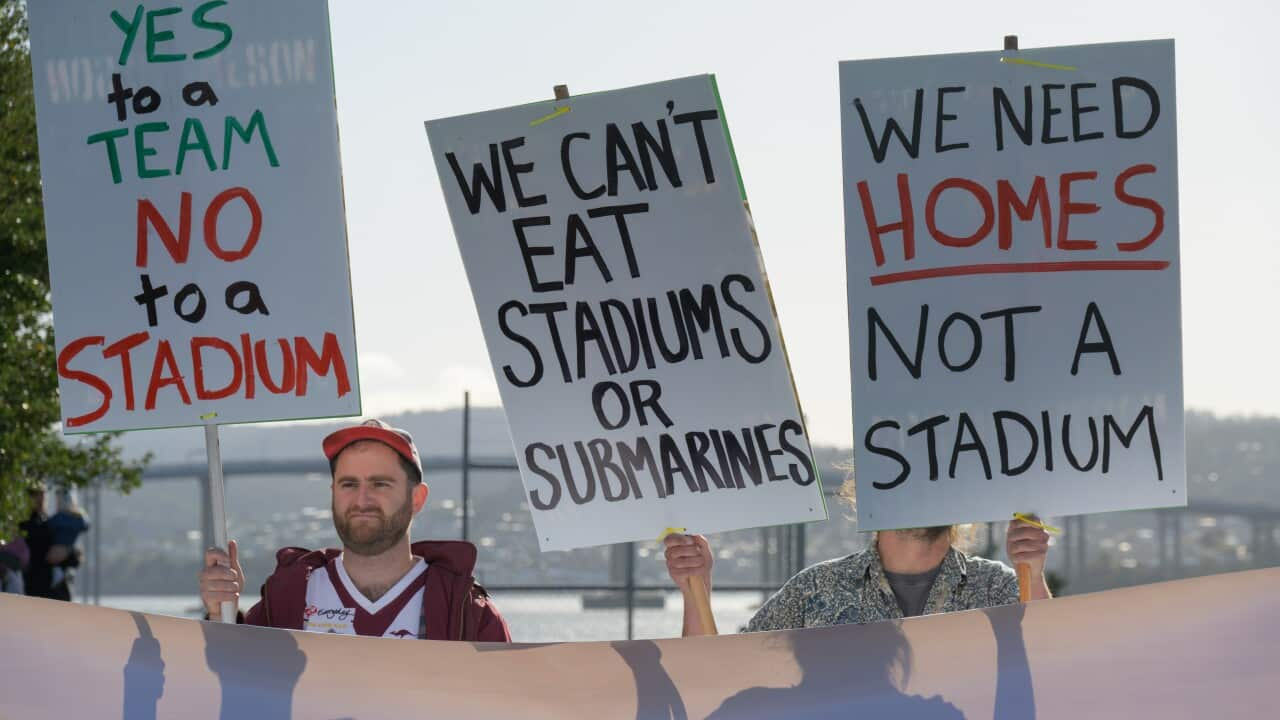Sydney and Hobart have been named the least affordable cities in Australia for renters, in the latest release of the Rental Affordability Index.
The biannual statistics analyse the price of rents relative to household incomes using census data, and provide a price index for rental housing markets.
The research, by National Shelter, Community Sector Banking and SGS* looks at eight different household types - including a single pensioner, a single person on benefits, a single full-time working parent, a dual income couple with children, and a student shared house.
Ellen Witte, from SGS Economics told the ABC that Australia is facing a housing crisis.
"Those hardest hit are the low income groups but even working families. So if we look at a single income family, working family, they would pay 30 to 71 per cent of income on rent. Now that's clearly unsustainable."
Households that have to spend around 30 per cent or more of their income on renting are classed as being under 'housing stress'.
It means it affects their ability to afford other primary needs like food, power, water and health services.
Most of those renting in Greater Sydney fall into that threshold, spending around 29 per cent of income on rent.
That was followed by 25% in Greater Brisbane, 24% in Greater Melbourne, 22% in the ACT and 21% in Greater Perth.
Ellen Witte says pensioners and young people are among the worst affected, spending more, as a percentage of their income, on rent than others.
"They may pay 59 to 97 per cent of rent so that basically means there are no rentals available for them in the current market. That's leading to overcrowding of housing, people having to stay in boarding houses, and increasing levels of homelessness. And that's what we see when we walk down the streets every day."
In Sydney, a number of suburbs within a 10 kilometre radius of the CBD have been listed as being 'severely to extremely unaffordable'.
They include Darling Harbour, Dawes Point, Haymarket, Millers Point and The Rocks.




